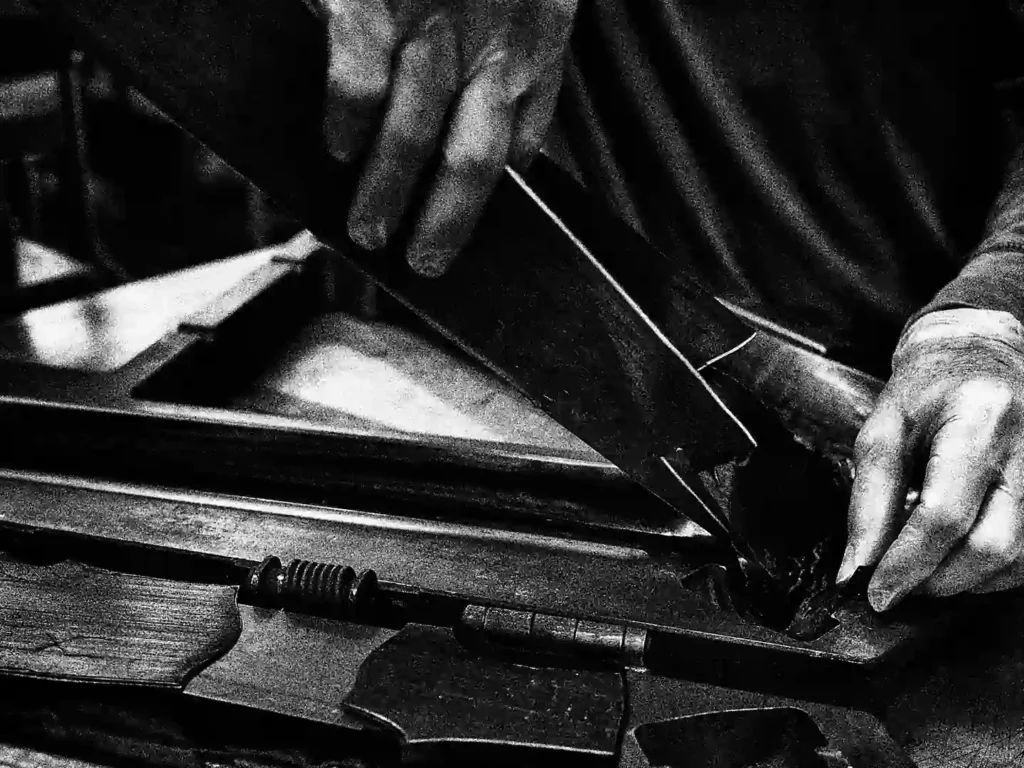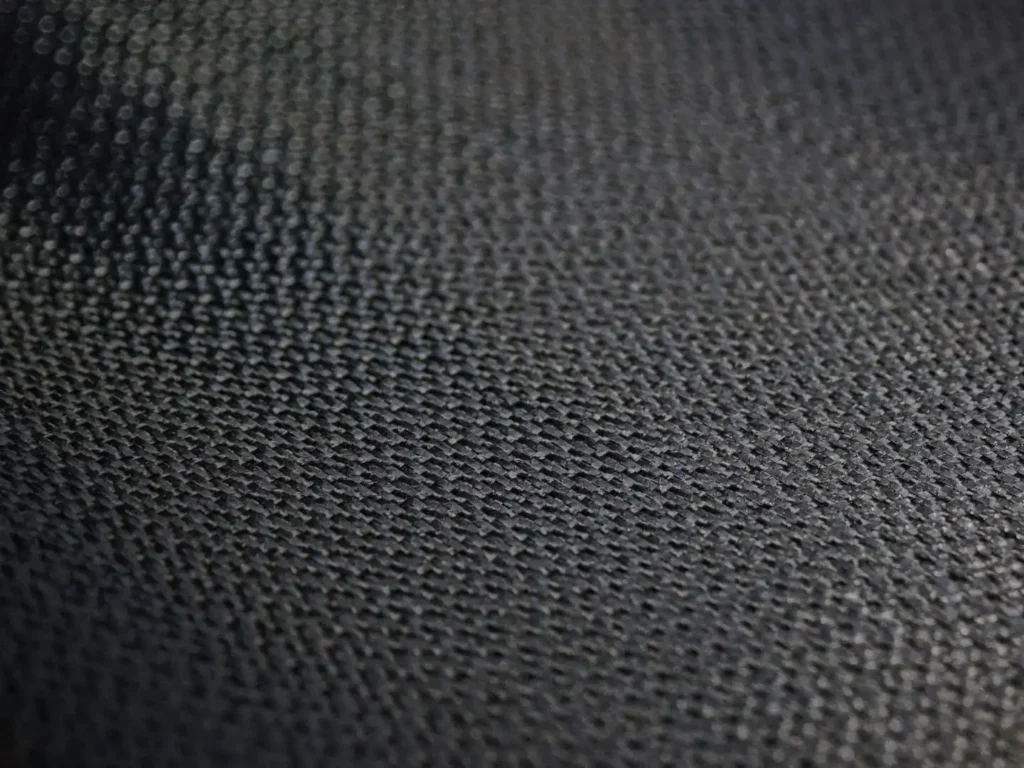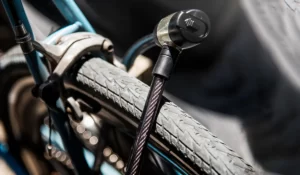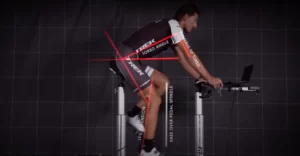So, you’ve got a carbon bike or you’re thinking about getting one. Great choice. It’s lightweight, sleek, and smooth in ways that other materials just can’t match. Whether you’re riding for fitness, racing, or just soaking in the road, carbon delivers that buttery ride that makes you want to go farther, faster.
But here’s the catch: carbon might be strong, but it’s not invincible. It doesn’t dent like aluminum or bend like steel. If something goes wrong, it could crack sometimes inside without showing you a single obvious sign. That’s why taking care of your carbon bike isn’t just about wiping it down and calling it a day. It’s about knowing how to ride smart, spot warning signs, and protect your investment.
Why Carbon Bikes Are So Loved
Let’s start with what makes carbon fiber so special. It’s crazy light but also incredibly stiff and strong. That means more speed, more efficiency, and less fatigue on long rides. It also allows brands like Trek to shape frames in aerodynamic, responsive ways that metals just can’t replicate.
But unlike metal, carbon doesn’t flex under stress it can snap. Which means if your bike takes a hard hit, you might not even know something’s wrong until it’s too late.

Carbon Is Tough… Until It Isn’t
Here’s the tricky thing: carbon can suffer internal damage and still look perfectly fine on the outside. That’s why a crash or even just a bump into a wall deserves more attention than you might think. Riding with hidden damage is risky; it could lead to frame failure while you’re out on the road.
So when in doubt? Always check it out.
What Can Damage a Carbon Bike?
Carbon fiber bikes are built to perform, but they’re not built to take careless hits. Here are some common ways carbon bikes get damaged:
- Crashes and falls even the small ones.
- Hitting curbs, potholes, or road debris at speed.
- Accidental bumps like backing into your garage with the bike on your roof rack (hey, it happens).
- Over-tightening bolts, especially on handlebars, seatposts, or stems.
- Transport damage when the bike isn’t secured properly in a car, plane, or storage rack.
In all these cases, the damage might not be obvious. So it’s important to stay alert to how your bike feels and sounds after any kind of impact.
What to Do If You Think Something’s Wrong

If your bike starts making weird noises, feels off, or just went through a crash, even a “harmless” one stops riding immediately.
Here’s what you should do:
- Don’t ride it again until it’s checked. Even if it looks fine.
- Bring it to a retailer or a pro bike mechanic who knows how to inspect carbon.
How to Prevent Carbon Damage
Taking care of your carbon bike doesn’t mean babying it, it just means being smart. Here are a few habits that’ll help:
- Use a torque wrench. Over-tightening is one of the fastest ways to ruin carbon parts.
- Use caution when transporting and storing. Avoid throwing your bike in a trunk unattended or leaning it against metal poles.
- Examine it frequently, ensure routine maintenance, listen for odd creaks, run your hands over the frame, and follow your instincts if something doesn’t feel right.
- Gently clean it. A little love, a bike-specific cleaner, and a soft cloth go a long way. Steer clear of anything too forceful, like pressure washers.
In conclusion
Carbon bikes are amazing. They make you feel fast, efficient, and connected to the road in a way few other materials can. But that high performance comes with a bit of responsibility. You don’t have to obsess, but you do need to stay aware.
After challenging rides or collisions, inspect your bike. Don’t disregard odd noises. When in doubt, seek assistance. Most importantly, don’t assume that just because something looks fine, it is.
Your carbon bike will reward you with years of confident, smooth riding if you take good care of it. As with any successful partnership, it all comes down to consideration, care, and a little common sense.






